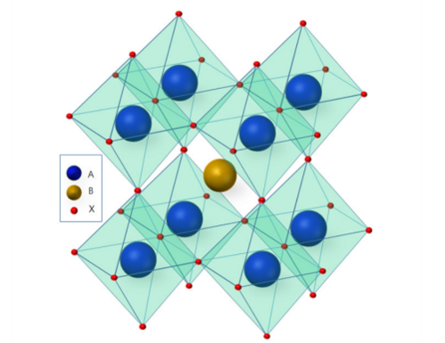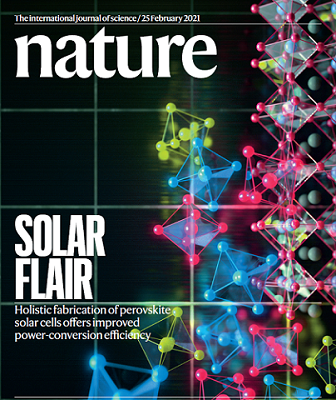Enter 2021.02.25 01:00
Dr. Jang-won Seo achieves the world’s highest photoelectric efficiency–
–
The Korea Research Institute of Chemical Technology announced on the day that the research team of the Ph. Photoelectric efficiency is the rate at which a solar cell absorbs light and converts it into electricity, and is an indicator of the performance of a solar cell.
–

–
The research team developed materials for the transport layer in which electrons and holes (empty spots of electrons) can easily move between two electrodes. The easier the electrons and holes move, the less power loss is, the higher the photoelectric efficiency of the solar cell.
–

–
The research team has already been recognized by the U.S. New and Renewable Energy Research Institute in September 2019, and the research team summarized the research contents of the technology and materials required for this and published it in Nature on this day. Dr. Seo said, “If further research is done in the future, we expect to be able to exceed the highest efficiency of 26.7% of the current silicon solar cell.”
–

–
– .

